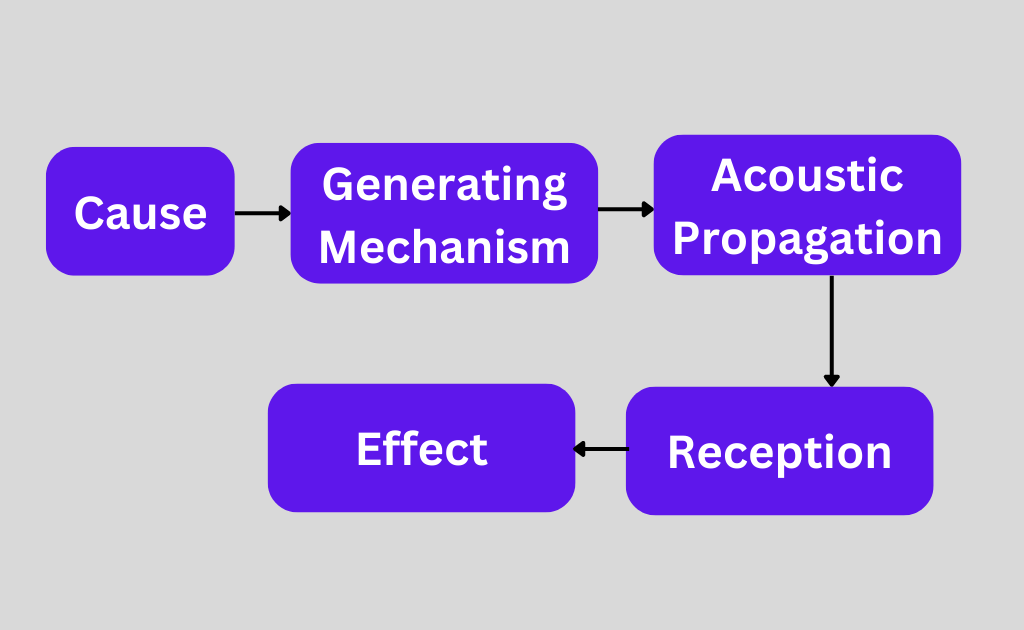What is Ground Wave-Definition, Propagation, And Application
Radio waves propagating parallel to and adjacent to the surface of the Earth are known as ground waves. The Norton surface wave is also known as the Norton ground wave because ground waves in radio propagation are not confined to the surface.
Ground Wave Propagation
Also known as a surface wave, ground wave propagation is a type of radio propagation. Waves are propagation over the earth’s surface in low and medium frequencies. The transmission between the surface of the earth and the ionosphere is what they are used for. These are waves that are made up of other waves.
It is called a ground wave because it is the sum of the waves that are reflected by the earth’s surface or any hills. The waves are able to cover beyond the horizon because of the earth’s curvature. The signals are produced by the diffracted surface wave after the waves are blocked by the earth.
The propagation of ground waves is affected by the surface’s Conductivity, with sea water providing better propagation if the surface’s Conductivity is increased. Ground waves are reduced as they follow the earth’s surface because the ground is not a perfect electrical conductor. The wavefronts are initially vertical, but the ground causes the wave to tilt forward as it travels. This will cause some of the energy to be dissipated in the earth so that the signal goes down.
Ground Wave Applications
Groundwave propagation is responsible for most long-distance LF “longwave” radio communication (between 30 kHz and 300 kHz). Mediumwave radio transmissions (frequencies between 300 kHz and 3000 kHz), including AM broadcast band, can travel as groundwaves and, for longer distances at night, as skywaves.
The lower the frequency, the better it penetrates ground and water. This is why VLF and LF waves are mostly used for military communications, especially with ships and submarines. ELF waves (below 3 kHz) can even be used to communicate with deeply submerged submarines.
Ground waves have been found to be helpful in over-the-horizon radar use, which is mainly done at frequencies between 2–20 MHz. This method has been seen to work better over areas of high conductivity, such as the sea, which can convey the waves to and from a reasonable distance (up to 100 km or more).
In the development of radio, ground waves were used extensively and were found to be quite helpful. Early commercial and professional radio services relied exclusively on long waves, low frequencies, and ground-wave propagation.
To keep things organized and to prevent any issues, amateur and experimental transmitters were only allowed to use high frequencies (HF). This was back when people thought that HF was useless because the ground-wave range was so limited.
But then people discovered that there were other propagation modes possible at a medium wave and short wave frequencies. And once they realized the advantages of HF for commercial and military purposes, amateur experimentation was only allowed on authorized frequencies in the range.






Leave a Reply